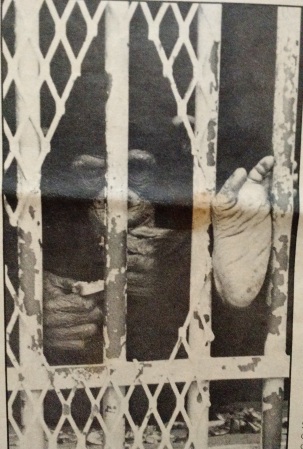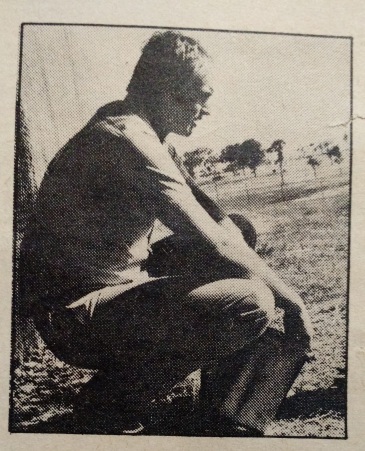The
Circus Menagerie
Before zoos began to develop in
North America, there was the circus menagerie. Traveling, tented circuses became popular in
America in the early years of the nineteenth century, and their story was
chronicled in William Cameron Coup’s 1901 book, Sawdust & Spangles: Stories & Secrets of the Circus. Coup was
born in 1837 and ran away to join the circus as a teenager. He was an eye
witness to its early history, which he wrote about in his book.
The supply of rare and exotic
creatures for these traveling menageries fueled a robust, international trade
in animals. According to Coup, there were at least two features of the animal
business before the turn of the twentieth century which were seldom
exaggerated. These features were the huge cost of stocking a menagerie and the
danger inherent in the capture and handling of the wild animals. Coup found it
thrilling to consider “the lives that have been lost, the sufferings and
hardships endured, the perils encountered, and the vast sums of money expended
in the capture and transportation of wild animals for the menageries, museums
and zoological gardens”.
After he became the head of a
circus, Coup had extensive dealings with the Reiche Brothers animal importers.
Charles Reiche ran the New York office while his brother, Henry, operated a
large supply farm in Germany that handled animals from around the world. Their
most extensive field operations were in Africa where they had numerous
stations, with sheiks or chiefs in their employ, and standing rewards offered
to natives for choice specimens of rare birds or beasts.
Jumbo
One of the most famous circus menagerie
animals of all time was killed at 9:30 in the evening on September 15th,
1885 when Jumbo the elephant was struck by a freight train while crossing the
tracks in St. Thomas, Ontario, Canada. Jumbo’s story began twenty-four years
earlier in Northern Africa when he was captured, sold to an animal dealer, and transported
across the Mediterranean. He spent time at the zoo in Paris and, in 1865, he was
shipped to England where he became a popular fixture at the London Zoo. He
eventually reached a height of about twelve feet at the shoulder and a weight
of about seven tons.
legendary and
Barnum wished to acquire the largest elephant in the world. He purchased Jumbo
from the zoo for ten thousand dollars. In March of 1882, after
considerable difficulty, Jumbo was packed into an enormous crate and left
England for America. He arrived in New York on April 9th with much
fanfare, and the next day he was displayed at Madison Square Garden. Jumbo
spent the next three years crisscrossing the Continent, transported in his own
train car. He drew huge crowds for Barnum, even though he performed no tricks
like the other elephants – merely his presence was enough.
From
Circus to Zoo
By the turn of the twentieth
century, circus menageries were the primary animal exhibitors in America. Few
American zoos had large animals, like elephants, since most zoos were little
more than deer parks. Circuses had far better collections and, of course,
reached larger and geographically broader audiences. In fact, the first
elephants, lions, rhinos, and hippos at many early American zoos came
from circuses, and the zoo enclosures these animals entered were eerily like
the ones I encountered at the beginning of my career at the old Toronto Zoo,
nearly seventy years later.
Next #FridayBlog - the Toronto Zoo, Frank Buck, and "Bring Em Back Alive"
Next #FridayBlog - the Toronto Zoo, Frank Buck, and "Bring Em Back Alive"










